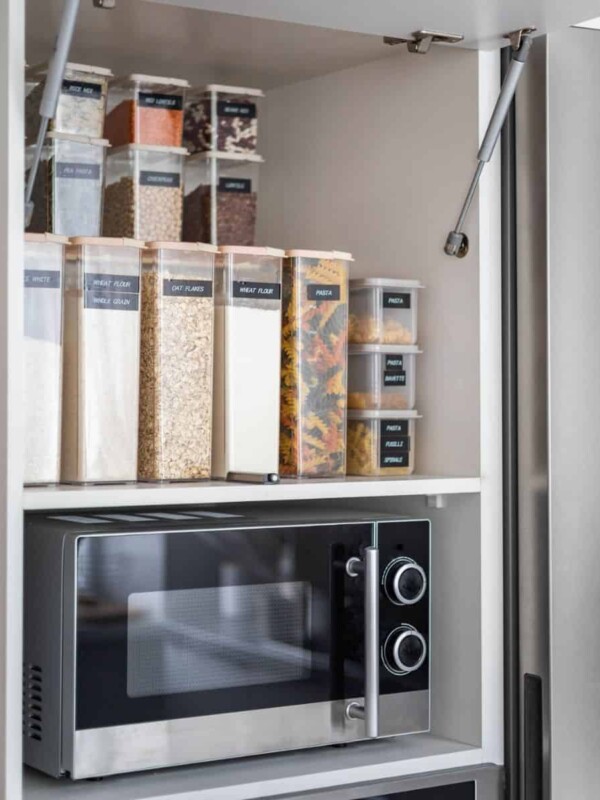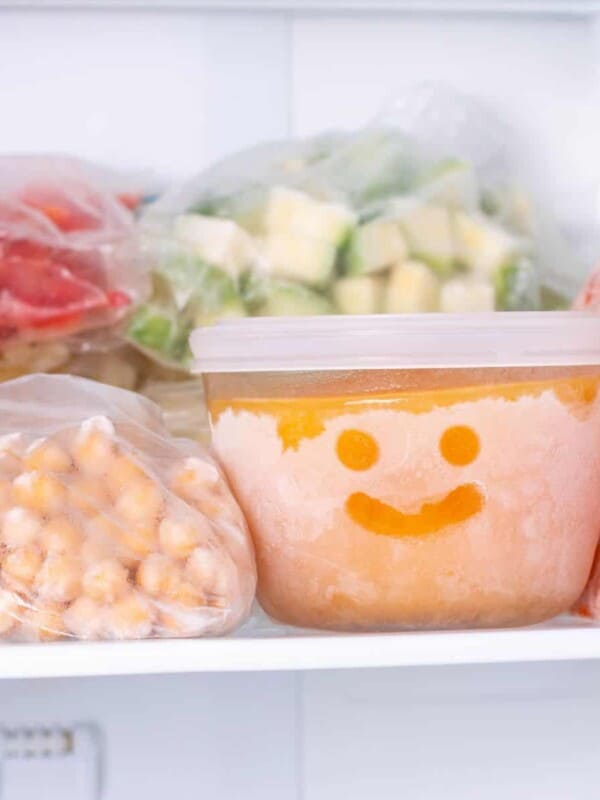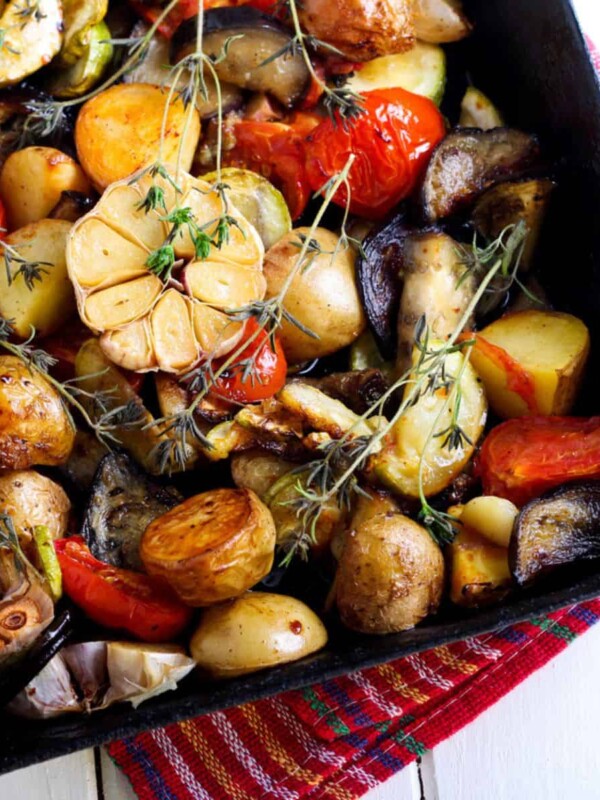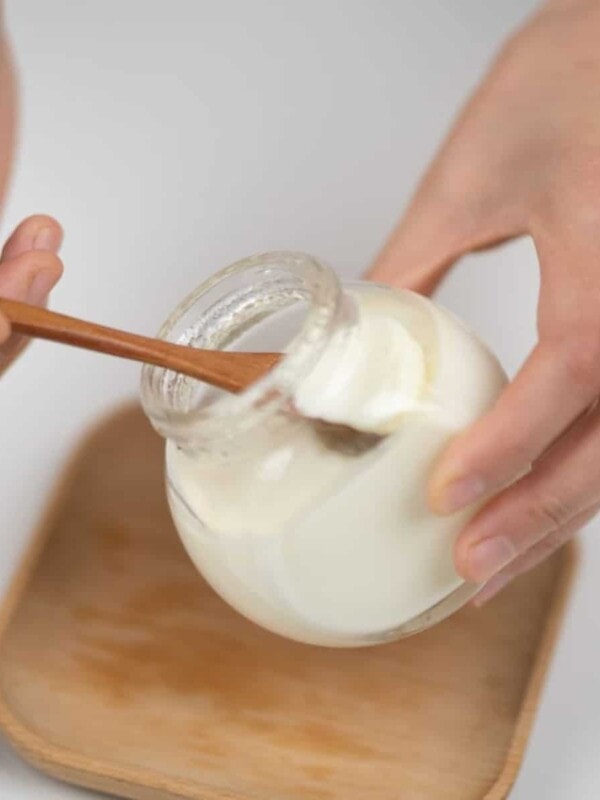This post may contain affiliate links. Please read our disclosure policy.
Freezing food, whether fresh produce or cooked leftovers, is one of the best ways to reduce food waste and keep plenty of food on hand for an extended period of time. However, there are a few Freezing Food Hacks and Tricks to keep in mind to ensure maximum flavor and freshness.
Whether you’re a make-ahead meal planner or can’t bear the thought of leftovers going to waste, these freezing food hacks will help you (and your freezer) stay organized.
Best Way to Freeze Food!

What Do You Know About Freezing Food?
A lot of us might ask ourselves this question: Is freezing food bad? Well, not at all!
As long as it’s done properly, freezing food will preserve nutrients and freshness so your items are just as good as the day they went into the freezer.
Does Freezing Food Kill Bacteria?
No, not exactly. According to the USDA, freezing food renders bacteria and other microbes inactive, so your food is preserved.
As soon as the food is removed from the freezer and starts to thaw, bacteria and other microbes become active again. And you run the risk of food borne illness if it is not washed and/or cooked before it has thawed.
To ensure safe freezing, make sure your freezer temperature is 0 F.
Which Foods Freeze Well?
- Vegetables
- Fruit
- Raw and cooked meat
- Butter
- A batch of freezer-friendly cookies is always available in our house to satisfy a sweet tooth.
Let’s Know What Food You Can Freeze
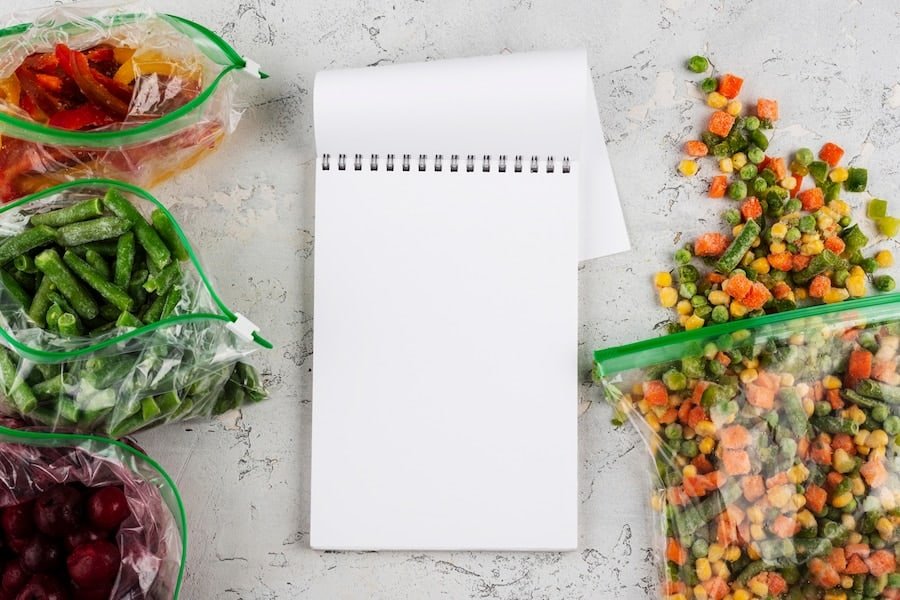
What’s the Best Method to Freeze Food?
The method of freezing food varies depending on the type of food, but here are some general guidelines:
- Maintain a cool temperature: Check that your freezer is set to 0°F. For accuracy, use a refrigerator/freezer thermometer.
- Don’t put hot food in the freezer: If you’ve cooked something, let it cool completely before putting it in the freezer. When you put warm food in the freezer, it can cause your other foods to thaw.
- Keep food far from the door: Keep foods with a higher risk of foodborne illness, such as meats, near the back of the freezer, where the temperature is more consistent. You can use the door, aka the warmest spot in your freezer, for things such as freezer packs.
- Wrap and seal food tightly: Foil, plastic wrap, and plastic freezer bags can help prevent freezer burn. To avoid freezer burn, try to remove as much air as possible when wrapping. Alternatively, if you’re using food storage containers, make sure there’s enough room in the container for the liquid to expand as it freezes.
How to Prevent Freezer Burn?
Wrap or package foods properly before freezing them to avoid freezer burn, and make sure your freezer stays cold enough. The best way to avoid reduced quality is to use your frozen foods in a timely manner so that nothing is stored for too long.
Freezing Fruits and Vegetables
Here’s how to freeze vegetables and fruits so you can enjoy fresh produce even during the winter months.
Except for onions and peppers, which can be frozen raw, vegetables should be blanched or fully cooked before freezing. Blanching vegetables or immersing them in boiling water inhibits the enzymes that cause discoloration and make frozen produce mushy. Raw fruit, on the other hand, freezes perfectly well.
Follow these guidelines when freezing fruits and vegetables:
- First, begin by washing and drying your produce with a clean towel. If desired, chop vegetables or core and slice larger fruits to make them easier to use once thawed.
- Blanch vegetables briefly to set their color and texture. To stop the cooking process, immediately place your vegetables in an ice bath.
- Then, line a baking sheet with parchment paper and freeze your produce in a single layer to avoid it freezing together in a giant clump.
- Once the fruits and vegetables are completely frozen, place them in a freezer bag and label and date each one before stacking them neatly in the freezer. Make sure each bag is airtight to avoid freezer burn.
When Busy, No Worry
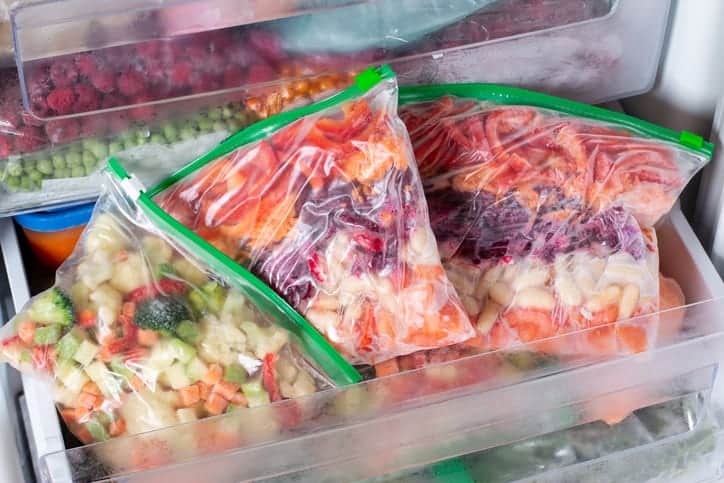
How to Freeze Chicken
For Raw Chicken
First, wrap the chicken in freezer paper or plastic wrap. Wrap it in aluminum foil after that. Then, seal the entire package in a freezer bag.
When you’re ready to cook, place the wrapped chicken in the fridge. It’s critical to let it thaw gradually, which can take 12 to 48 hours depending on the size of the cut and the amount wrapped together. You can also cook the frozen chicken in your Instant Pot to save time.
Raw chicken can be frozen for up to nine months.
For Cooked Chicken
Cooked chicken can be frozen too. If you have any leftover chicken, store it in an airtight container in the refrigerator overnight. You should not leave the chicken out at room temperature.
What is the importance of this step? Rapidly lowering the temperature of meat reduces the risk of contamination and foodborne illness. After that, the chicken can be stored in the freezer for up to four months.
Life Will Be Easier, Make Your Choice
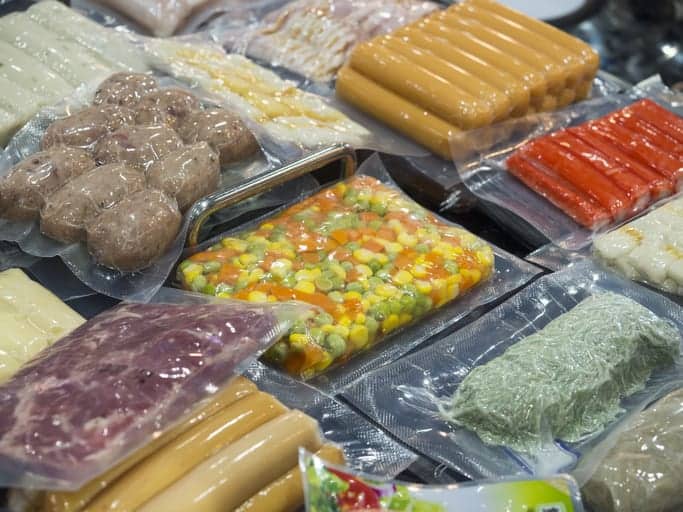
How to Freeze Meat
For Raw Meat
When it comes to freezing meat, it is always best to do so as quickly as possible. This reduces the formation of large ice crystals on the surface of the meat, which can cause freezer burn and result in dry, tough meat when thawed. To prevent this from happening, make sure your freezer temperature is set to at least 0oF.
The most important thing to remember is to avoid exposing frozen meat to air. While a vacuum-sealer is ideal for ensuring that meats are properly packaged, double wrapping cuts of meat with freezer paper, plastic wrap, aluminum foil, or airtight zip-loc bags will suffice.
For Cooked Meat
You can freeze cooked meats in zip-loc bags and lay them flat to freeze. They’ll take up very little space and can be stacked above each other.
You can also freeze cooked meat in air-tight containers. Just make sure that the contents of each bag and the date of freezing are clearly labeled. (You use masking tape and a permanent marker.)
Keep in Mind to Ensure Maximum Flavor and Freshness
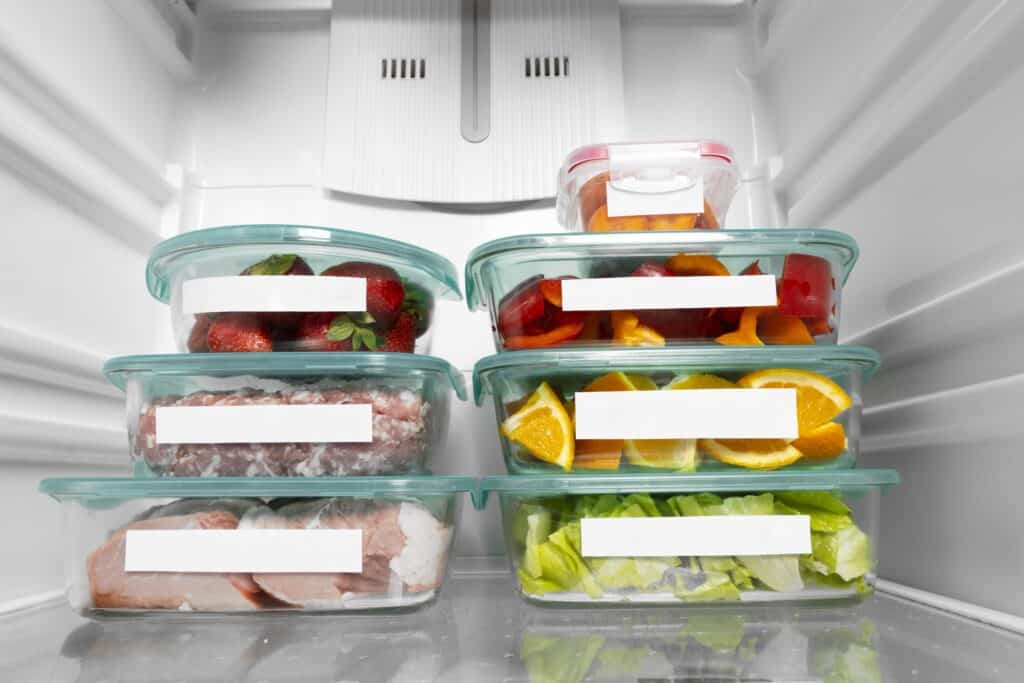
Is Cookie Dough Freezable?
Absolutely! If you still want a fresh-from-the-oven cookie, freezing cookie dough is an option. Simply make your favorite dough and freeze it. You can freeze the entire batch of dough or individual portions of it.
Freezing the entire batch: Wrap the finished dough in parchment paper, flatten into a circle, and place in a freezer bag. Thaw the dough in the fridge overnight before shaping and baking the cookies.
Freezing individual cookies: Scoop the dough onto a cookie sheet that has been lined with parchment paper. Freeze the sheet for 30-45 minutes, or until the dough balls are frozen. Frozen balls should be placed in a freezer-safe bag or container. Thaw in the fridge overnight before baking. Alternatively, bake from frozen—just increase the baking time.
Freezing Bread
When you freeze bread correctly, you can keep it fresh for a long time. In fact, it can be stored for months before being used. This tip is applicable to both great homemade loaves and store-bought loaves.
Simply follow these steps:
- Wrap each loaf in plastic wrap tightly. Wrap it in foil or freezer paper after that. The double-wrap is your secret weapon for keeping food fresh.
- Before freezing bread, always write the date on it. It is best to use frozen bread within six months of purchase. If you wait any longer, the bread may develop freezer burn.
- When you want to use it, simply take frozen slices from the freezer and toast them in the toaster. You can also take out the frozen bread you want to use and let it thaw overnight on the counter. It should be ready for breakfast the following morning!
Frequently Asked Questions (FAQs):
Freezing prevents spoilage and keeps foods safe by preventing microorganisms from growing and slowing enzyme activity that causes food to spoil. When the water in the food freezes into ice crystals, it becomes unavailable to those microorganisms that need it for growth.
A hot pot or container of food should not be stored in the refrigerator or freezer. The hot food can raise the temperature inside the refrigerator/freezer, posing a risk to the food that is already inside.
Most milk can be frozen. Milk, on the other hand, should be transferred to an airtight, freezer-safe container before freezing. Many types of milk will separate and become grainy after freezing, but this can be fixed by using a blender.
Eat What You Like, Whenever You Like

Top Tips
- Food should never be thawed on the counter or in the open air! Thawing food at room temperature increases the likelihood of bacteria developing, which can make you sick and ruin the flavor.
- When freezing bread, slice your bread so that you only have to thaw the slices you need each time, rather than having to thaw the entire loaf.
- Wrap and seal food tightly: Foil, plastic wrap, and plastic freezer bags can help prevent freezer burn.
- If possible, freeze the food in individual portions.
MORE HACKS/ RECIPES YOU DON’T WANT TO MISS:
- How to Store Spinach for One Month
- Perfect Way to Cut Chicken Wings
- Easy Way to Thaw Puff Pastry (In 40 Seconds)
- The Best Sushi Hack: Easy No-Roll Sushi Cubes!
- Best Boiled Artichoke with Honey Mustard Dip
- How to Store Lemon and Lime for Three Months
- The Best Way to Store Lettuce
- Quick Skin-Peel Roasted Eggplant
- Easy Stovetop Lasagna Skillet
- Spinach Pie Pockets

